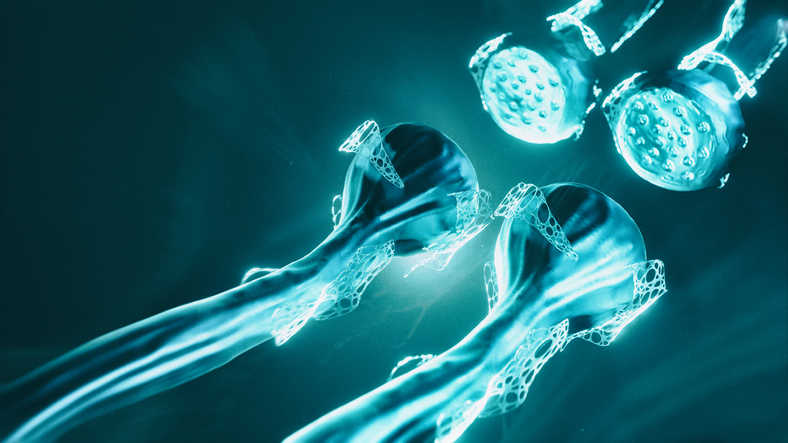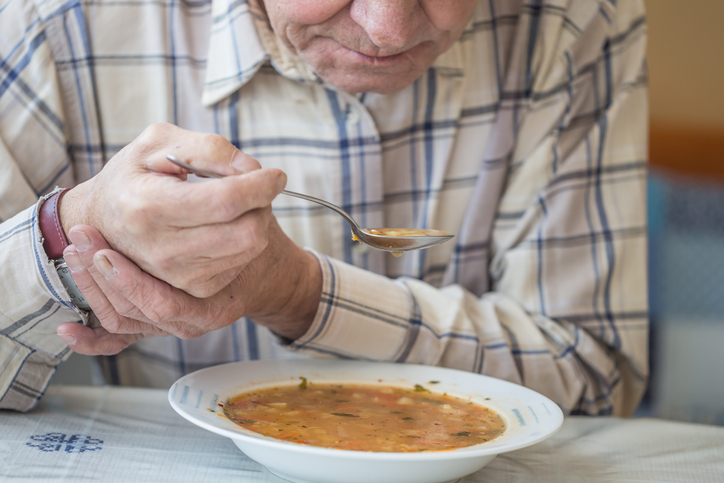Pain
Conventional Medical Treatments for Motor Neuron Diseases
Source: National Institute of Neurological Disorders and Stroke: National Institutes of Health, WebMD, National Center for Biotechnology Information: U.S. National Library of Medicine: National Institutes of Health, National Center for Advancing Translational Sciences: Genetic and Rare Disease Information Center: National Institutes of Health, Healthline, National Center for Biotechnology Information: U.S. National Library of Medicine: National Institutes of Health

1 person found this helpful
Print
Share
Save
While there is no cure for motor neuron diseases (MNDs), certain treatments can help manage them. Beneficial treatments depend on the type of motor neuron disease and the type and severity of symptoms, but treatments generally consist of medications and supportive therapies.
Medications
Medications used in the treatment of motor neuron diseases include the following:
- Riluzole cannot reverse damage to motor neurons, but it can slow or help prevent further damage. Individuals with amyotrophic lateral sclerosis (ALS) who take riluzole have a 10% longer life expectancy than individuals with ALS who do not take the drug.
- Edaravone, an antioxidant, is used primarily in the treatment of ALS. Similar to riluzole, it may slow progression of ALS but cannot reverse damage that has already been done.
- Nusinersen is used in the treatment of children and adults with spinal muscular atrophy (SMA). It is injected into the fluid around the spinal cord and works to increase muscle strength and slow disease progression.
- Onasemnogeme abeparovec-xioi is a gene therapy used for the treatment of SMA in children under the age of two. It delivers a gene to the motor neurons, which improves both muscle function and survival.
- Risdiplam is also used in the treatment of children with SMA. It improves muscle function by allowing a necessary protein to reach the motor neurons.
- Muscle relaxers may be prescribed for muscle stiffness or spasms. Examples include baclofen and tizanidine.
- Medications to reduce excess saliva may be prescribed when an MND that affects the mouth and throat causes excess saliva. The amount of saliva can be reduced through botulinum toxin injections into the salivary glands or through the use of medications such as glycopyrrolate oral solution or scopolamine patch.
Supportive therapies
Supportive therapies that can be beneficial for individuals with motor neuron diseases include physical therapy, healthy diet support, speech/language therapy, and ventilation.
- Physical and occupational therapy
Physical therapy can help slow muscle weakness and atrophy, reduce stiffness, and increase range of motion. Occupational therapy can help an individual learn how to properly use mobility aids, such as walkers or wheelchairs. - Speech and language therapy
Individuals who struggle with speaking, chewing, or swallowing may benefit from speech and language therapy. If speaking is extremely difficult, a therapist can recommend an assistive device and teach the individual how to use it. - Healthy diet support
A dietician can help ensure that a person receives adequate nutrition and hydration, especially if chewing and swallowing are difficult. Recommendations may include pureed food and thickened water to help aid swallowing and prevent aspiration. In some cases, a feeding tube may be necessary to ensure proper nutrition. - Ventilation
Non-invasive positive pressure ventilation (NIPPV) can help individuals breathe better at night, preventing sleep apnea. In some cases, assisted ventilation may also be needed during the day.

















